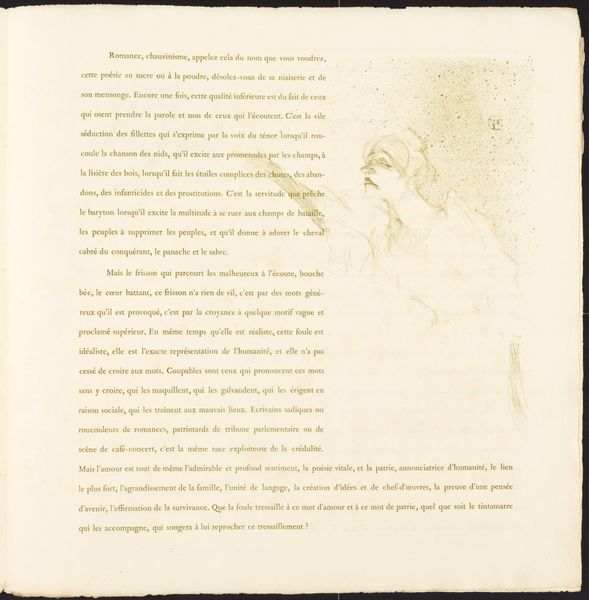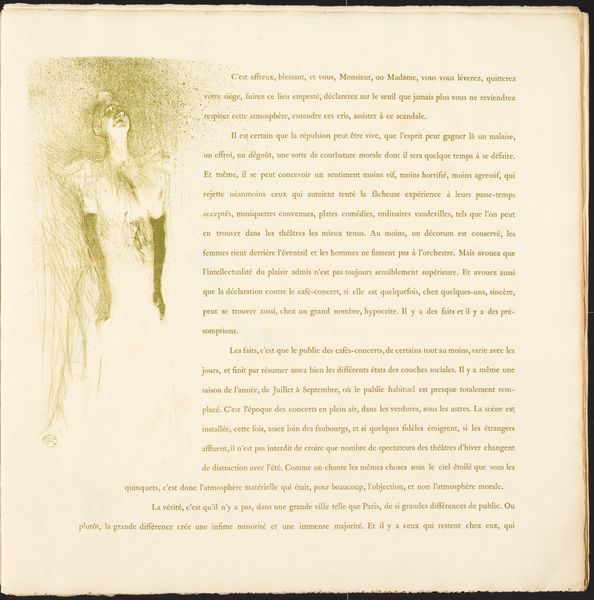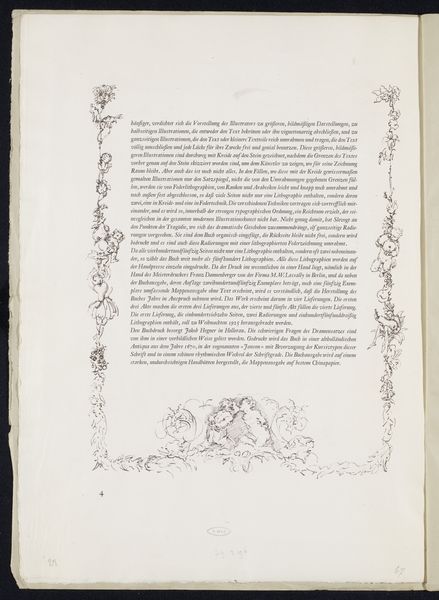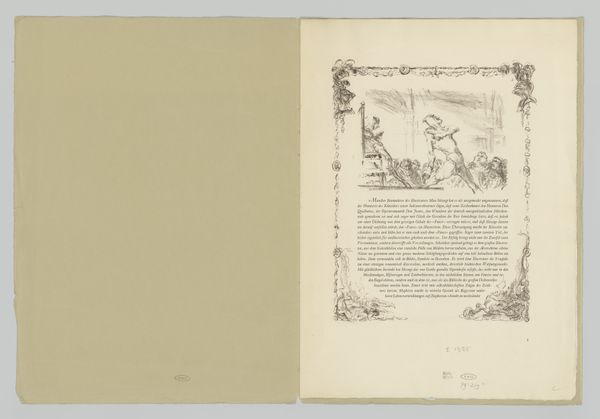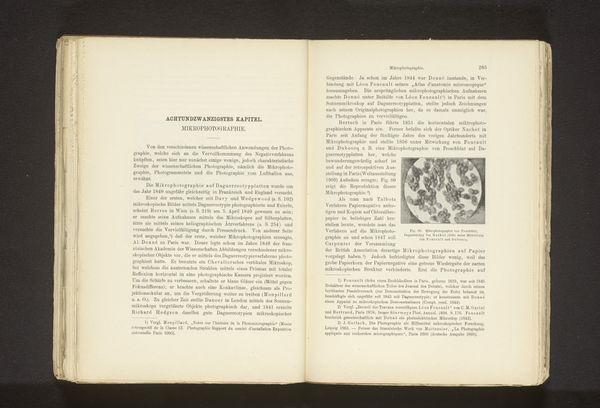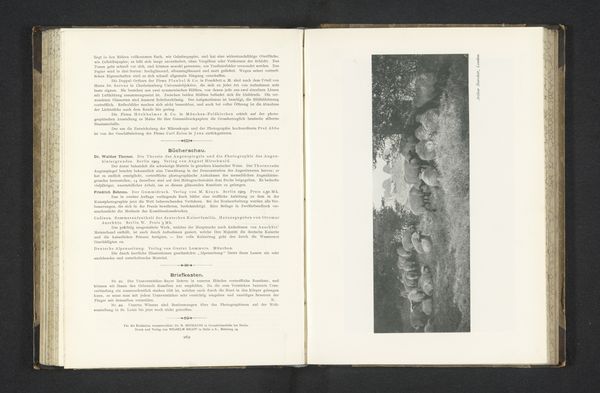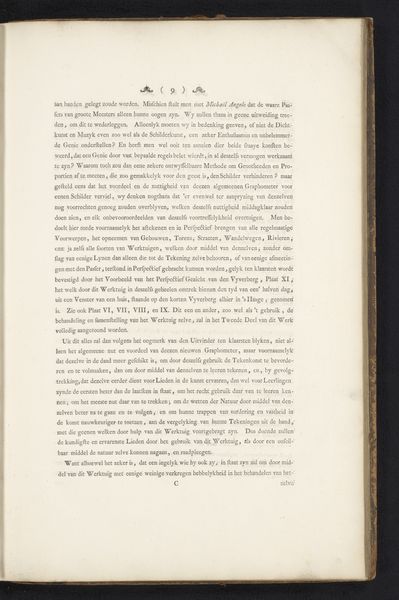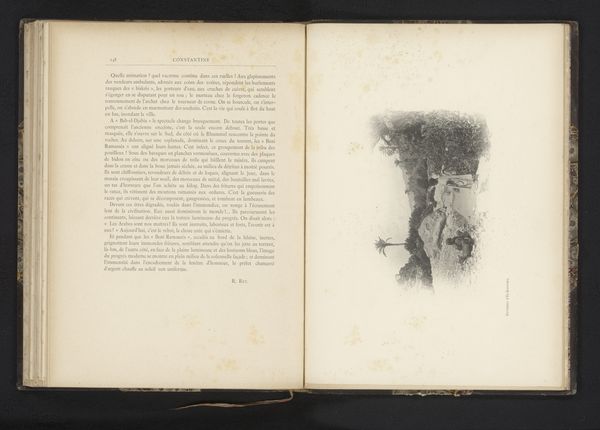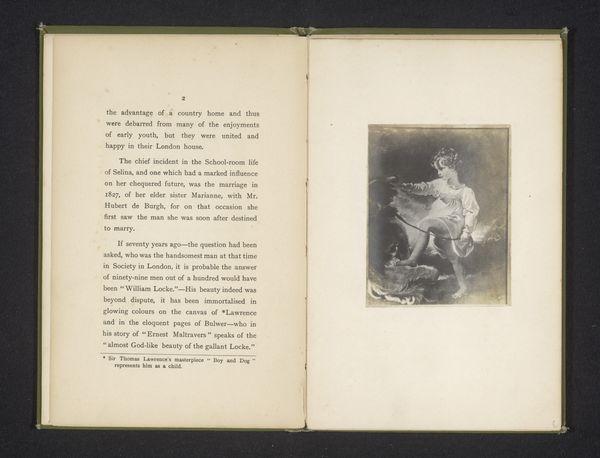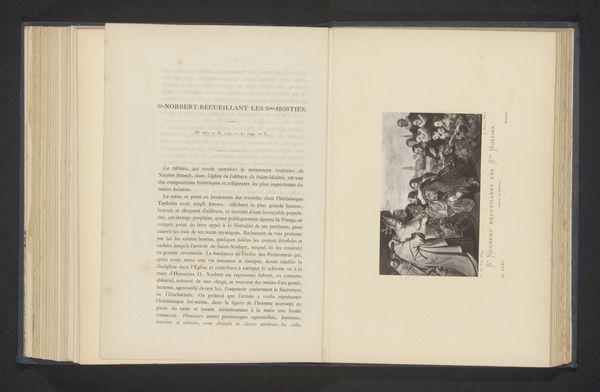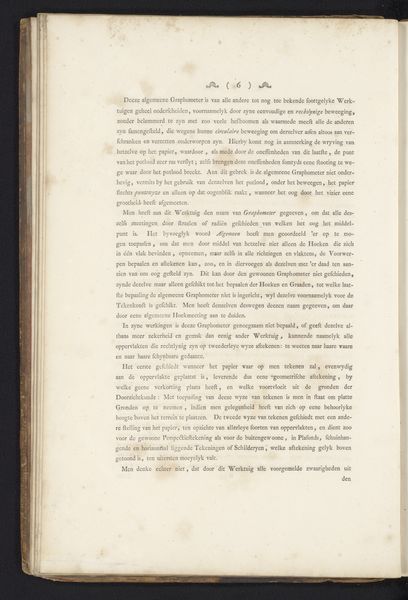
Copyright: National Gallery of Art: CC0 1.0
Curator: Henri de Toulouse-Lautrec created this compelling image, a lithograph titled "Yvette Guilbert" in 1894. It captures the singer Yvette Guilbert. What strikes you first about it? Editor: Immediately, it’s the starkness. The fluid lines of ink seem to dance across the paper, yet there’s also this pervading sense of melancholy. It feels so fleeting and intimate at once. Curator: I find the simplicity of the medium itself very telling. Lautrec’s choice to use lithography underscores the broader movement of art moving into the public sphere. He designed images that were made for mass reproduction through prints, rejecting earlier traditions that valued only single expensive oil paintings. Editor: Absolutely. This makes me think about who Guilbert was—not just some anonymous model, but a public figure who occupied her own unique place in fin-de-siècle Parisian culture. Her popularity, largely with the working classes, made her both celebrated and scandalized in equal measure. So how does that inform this work? Curator: It suggests Lautrec was perhaps engaging in his own form of celebrity culture. The popularity of Parisian cabaret performers inspired commissions, the lithographs then publicized their performances through advertisement, while also pushing what it meant to create artwork at that moment in history. Editor: Exactly, the image feels so intertwined with notions of performance and visibility, yet simultaneously, he is portraying something incredibly real. There's a sense of honesty, even vulnerability in the way she's presented here. Lautrec isn't simply aestheticizing her for consumption; he’s acknowledging her as an individual. I wonder if it attempts to capture something of the artist's lived reality, working in Montmartre and fraternizing with those the stuffier elements of French society had written off. Curator: I would say that framing this work through ideas around authenticity is a little problematic, but I see what you mean. Considering Lautrec's context does change how we interact with the image, however. His unique vision offers something beyond what another artist from the same era could convey, given his experiences of social exclusion through disability. Editor: It's true, isn't it, that our encounters with art, and our critical response, are shaped by our identities. What this exploration has cemented for me is the way art captures a specific moment in time, filtered through individual perception but equally shaped by broader sociopolitical forces. Curator: Precisely. Understanding those dynamics is crucial to deciphering what these images mean, what work they perform in culture, and also the history behind how art acquires cultural significance.
Comments
No comments
Be the first to comment and join the conversation on the ultimate creative platform.

